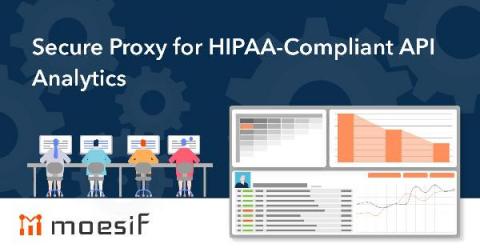Applying Authorization Code Flow With Kong and Okta
In our second Kong and Okta tutorial, we’ll go through the authorization code flow applied to user authentication processes. This series will show you how to implement service authentication and authorization for Kong Konnect and Okta using the OpenID Connect (OIDC) plugin.







